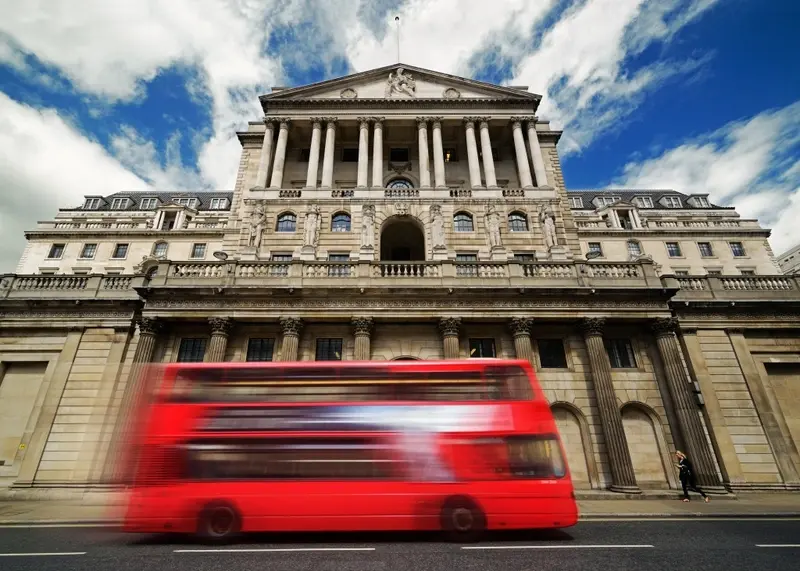
In the past month, 10-year UK government bond yields have jumped from below 0.75% to almost 1.25% as investors have begun to factor in the possibility the Bank of England could raise rates sooner rather than later to head off stubbornly high inflation.
The latest official consumer price index from the Office for National Statistics showed costs including housing jumped by 3% in the 12 months to August against just 2.1% in July.
This 0.9% month on month increase was the largest recorded by the ONS since it started collecting data 15 years ago, and was largely due to a very low inflation rate last August during the government’s Eat Out to Help Out campaign, which supports the view of some in the market that price rises are ‘transitory’ or temporary.
However, since August there have been further price rises in essential and non-essential goods due to labour shortages and supply chain bottlenecks, which suggests inflation is becoming more entrenched at a higher level than the Bank of England’s 2% target rate.
Adding to price pressures, hawkish comments from a couple of members of the central bank’s monetary policy committee have heightened concerns a rate rise could even come before the end of the year.
SHIFTING PROBABILITIES
According to the Chicago Mercantile Exchange’s central bank watch tool, which plots future interest rate expectations, big investors are now expecting that the UK 'target' rate - which has been kept at 0.25% in order to help companies and households weather the impact of the pandemic - could rise to 0.5% or more in December.
At its last meeting in September the Bank of England described current interest rates as ‘appropriate’, given a downward revision to growth forecasts for the third quarter, while agreeing to continue to inject money into the economy by buying government bonds.
Central bank purchases of bonds help to push money through the financial system as the sellers of the bonds, typically the big banks, can re-use the cash in other ways and in other areas of the economy, for example in lending to companies.
Yet despite the ‘all is well’ message from Threadneedle Street, the CME bank watch tool suggests a large majority of investors are expecting interest rates to rise to either 0.5% or 0.75%.
Historically, these are still very low rates of interest, but for an economy which has become almost dependent on rates close to zero the timing of the increase could be crucial.
Even the expectation that rates will move higher in December could have an impact on consumers, who are already feeling less confident about their finances than they were three or six months ago.





